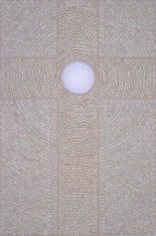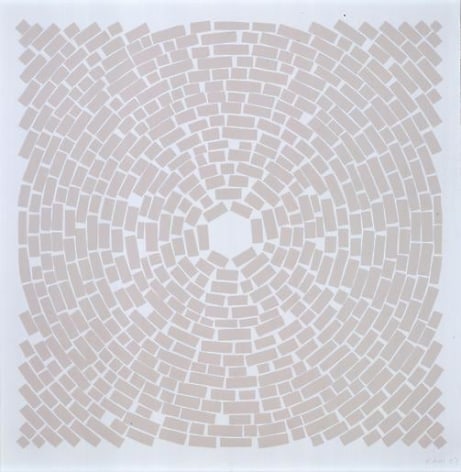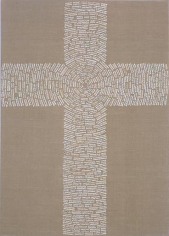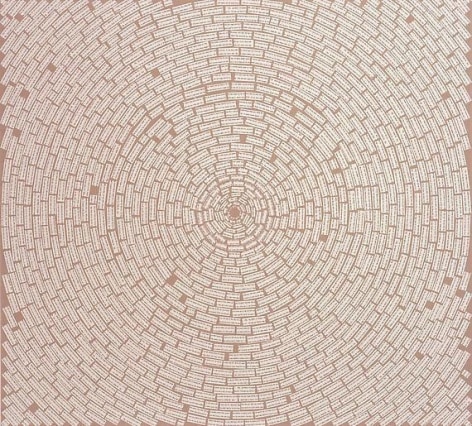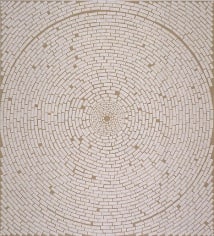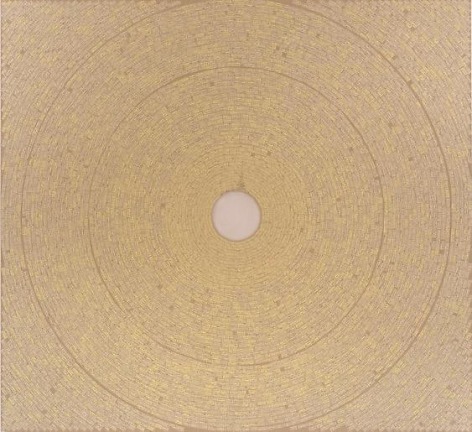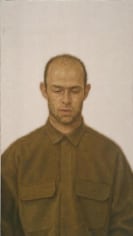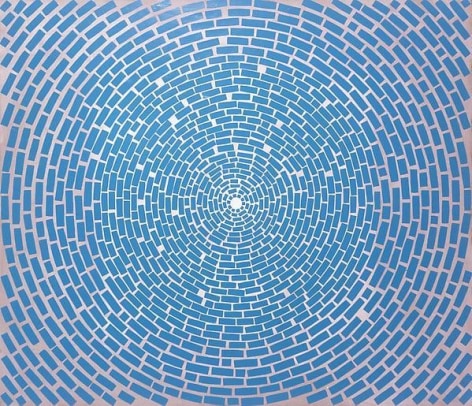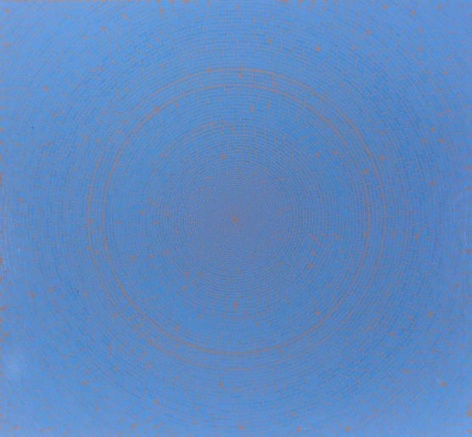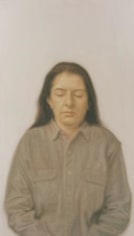Y.Z. Kami
January 10 – February 5, 2008
John Berggruen Gallery, concurrently with Gagosian Gallery, Beverly Hills, is pleased to present a two-part exhibition of paintings and works on paper by Iranian-born artist, Y.Z. Kami. Y.Z. Kami, which opens on January 10 and will continue through February 5, 2008, marks Kami's premiere exhibition at both locations.
Edward Said has written "Appeals to the past are among the commonest of strategies in interpretations of the present." This is perhaps why the paintings and drawings on display at John Berggruen Gallery are at once both aesthetically historical and acutely contemporary. What Homi Bhaba refers to in Kami's work as a "mediated transmission across materials, genres, and time exposures," is most conspicuous in the untitled portraits on display in the gallery. Kami's name has become chiefly identified with these large-scale figurative paintings, many of which are reminiscent of Fayyum - mummy portraits particularly common of 1st century BC through 2nd century AD Roman Egypt. These painted elegies have long been viewed as crowning examples of Classical Art, but their aesthetics have not been appropriated without modification by the artist. For Kami, these works are not meant to function as funerary markers for unique individuals and their subjects have not died; rather, Kami has chosen to depict nameless, unassuming individuals, some known to the artist, and others complete strangers. In production, Kami strays even farther from antiquity. Many of his portraits from the last two decades were initiated as photographs which were then replicated into small paintings, re-photographed, enlarged and printed onto canvas. The overall effect is purposely enigmatic - the creation of an obscure identity through a medium that crosses cultural, historical, and technological boundaries. "A Kami portrait," writes Fereshteh Daftari, "is rarely about the sitter...Kami's paintings create a human kinship, turning solitary individuals into a fraternity, a tribe, the community of mankind."
In many ways, the work of Y.Z. Kami is the work of a dislocated artist. Aside from his poignantly contemporary portraiture, Kami is well known for drawings and sculpture that utilize traditional calligraphic Islamic texts as the building blocks for faith-related forms - either mosque domes or crucifixes. Exemplifying this tendency are two works currently on display at John Berggruen Gallery - Rumi - The Book of Massnavi E Manavi I, and Rumi - The Book of Massnavi E Manavi II. Here, Kami has borrowed from the text of the Masnavi-I Ma'navi, arguably the most important and beloved work of the 13th century Persian mystic and Sufi poet, Jalal ad-Din Muhammad Balkhi-Rumi (Rumi). The Masnavi is a six volume poem that illustrates, in 424 stories, man's predicament in his search for God. Kami's work highlights this universal struggle using text and form that are distinctly Persian. In this way, Y.Z. Kami is an artist of the world - existing simultaneously as Islamic artist, Iranian-American artist, and contemporary artist - he is the living example of his own statement that "Art has no country."
Y.Z. Kami was born in Tehran in 1956 and currently lives and works in New York City. He was educated at the University of California, Berkeley (1975), the Universite Paris-Sorbonne (1981), and the Conservatoire Libre du Cinma Francais, Paris (1982). His work has been exhibited at institutions such as the Museum of Modern Art, New York, the Parrish Museum of Art, NY, the Istanbul Biennial (2005), Deitch Projects, NY, the Herbert F. Johnson Museum of Art at Cornell University, the Long Beach Museum of Art, CA, and the Hood Museum of Art at Dartmouth College, among other locations. He is included in the public collections of The Metropolitan Museum of Art, NY and the Whitney Museum of American Art, NY. Most recently, he was selected for inclusion in the 52nd Venice Biennale, curated by Robert Storr (2007).

